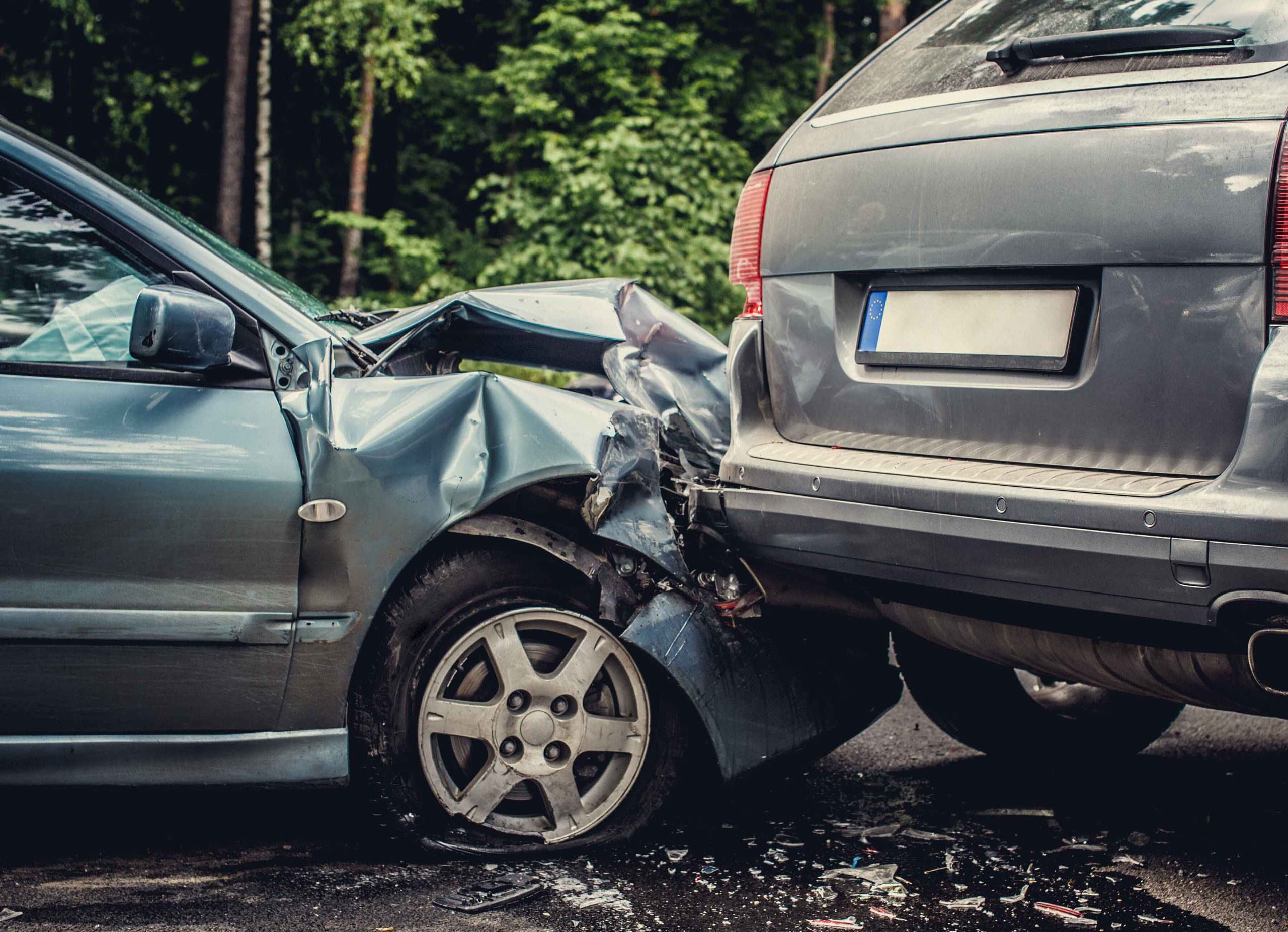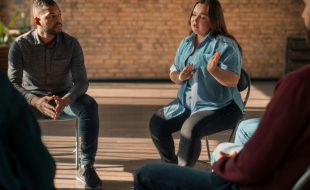Table Of Contents
How To Prove Fault After A Car Accident At Night
When you are driving at night, it can present many challenges. However, the process of determining and proving fault after a car accident can be even more challenging.
The best accident lawyer in Las Vegas knows that the process to prove fault after a car accident at night requires careful attention to detail due to two things:
- Limited visibility and
- Driver fatigue.
Las Vegas roads can be particularly hazardous after dark. The traffic is always high, and there are a lot of distractions. These factors often add to the potential risks.
But, the main question is: how can you protect your rights? Well, to protect all your rights, you have to document the scene. You must:
- Take photos of the scene
- Note down the weather conditions
- Gather witness information.
These are enough to prove fault after a car accident.
When you can report the incident accurately to law enforcement, it helps create an official record that supports your case.
This is why you must get a legal guidance. Trust me! It can make a considerable difference in interpreting evidence. This evidence includes police reports, surveillance footage, and vehicle damage.
With the proper steps, including working closely with an attorney, you can navigate the complexities of nighttime accidents in Las Vegas and strengthen your claim. Knowing what to do right after the crash is key to securing a fair outcome.
Documenting The Scene
Documentation is critical post-accident. You can easily get this information (even in low light) by making detailed notes with photos.
You have to take a picture of the road. This must include the road (as much as you can cover), other vehicles, signs, and signals. You can take the pictures with a phone or a camera, whichever device is available to you!
On top of that, please note that you must not avoid the skid marks and debris. These are compulsory. The skid marks and debris can provide enough insights into what occurred during the accident.
If you write down details as soon as possible, you accurately preserve the sequence of events. Write the date, time, and place.
Document weather, visibility, and other considerations. Take contact information from any bystanders, which may be helpful later.
Involving Law Enforcement
Contacting local authorities is a crucial step after an accident. Only officers can provide an impartial assessment of the situation.
The report may contain information about the roads, weather, or other elements that led to the wreck. This official document can be essential for understanding who is at fault.
Give complete and truthful accounts to officers and do not speculate on what happened. The process can get tricky, so stick to the facts. For your reference at a later date, it is always best to be able to request a police report.
Consulting With Legal Professionals
Lawyers who specialize in traffic incidents can offer insight into determining fault. They may analyze evidence, interpret police reports, and assist individuals through the claims process.
An attorney will also help with communications with insurance companies. That kind of backing can be the difference in reaching an equitable resolution.
Collecting Witness Testimonies
Witnesses are essential when nighttime accidents happen. They are privy to crucial aspects of the incident. Contact witnesses quickly, as memories can fade fast.
Collecting witness statements in writing or audio form adds to the evidence pool. Make sure you have witnesses give their contact information, as this enables follow-up when more elaboration is required.
Witness testimony may also be relevant, as eyewitnesses to the incident can provide an independent perspective on what occurred.
Important Considerations For You!
Time is critical. So, collect your witness statements as soon as possible after the accident. You know, memories fade with time. Thus, it is a must!
Also, try to be aware of all your legal and ethical responsibilities when you are collecting the statements. You must avoid assigning blame or posting details on social media.
By carefully collecting and presenting witness statements, you can significantly increase your chances of proving fault and securing fair compensation after a car accident.
Reviewing Traffic And Surveillance Cameras
Some locations have traffic and surveillance cameras. These devices can record images that illustrate what took place.
Ask nearby businesses or traffic authorities whether their camera systems captured the incident. Getting video evidence can provide clarity, so ask for existing footage.
For this reason, you can use these pictures to corroborate other information collected, such as witness statements and police reports.
Analyzing Vehicle Damage
The damaged vehicle can tell a lot about the accident itself. It reveals clues about the location and extent of damage, along with the impact and the direction of the forces.
This information helps you recreate the timeline that led to the effect. If needed, hire a professional accident reconstruction specialist.
Examining their analysis allows one to appreciate the mechanics involved. This insight could also help prove fault in a case of complex issues.
Engaging With Insurance Companies
Speaking with insurers will be a necessary step in the eventual settlement of an auto accident case. Be consistent in recounting the incident when you talk to them.
Include any evidence you have, such as photographs, witness accounts, and police reports. The insurance adjusters will do their assessments.
Having all necessary documentation on hand gives them a better chance of being considered favourably.
Avoid accepting quick settlements, as this may not appropriately compensate all damages or injuries incurred.
Prove Fault After A Car Accident: Get The Legal Help!
Diligence and fine detail are necessary when proving fault after a nighttime car accident. Photographing the scene, calling the police, hiring an attorney, and utilizing technology can help make a better case than any one statement.
Moreover, knowing the risks associated with driving at night can help you easily perform this complicated process. Doing this properly makes it much easier for you to secure a fair outcome.














